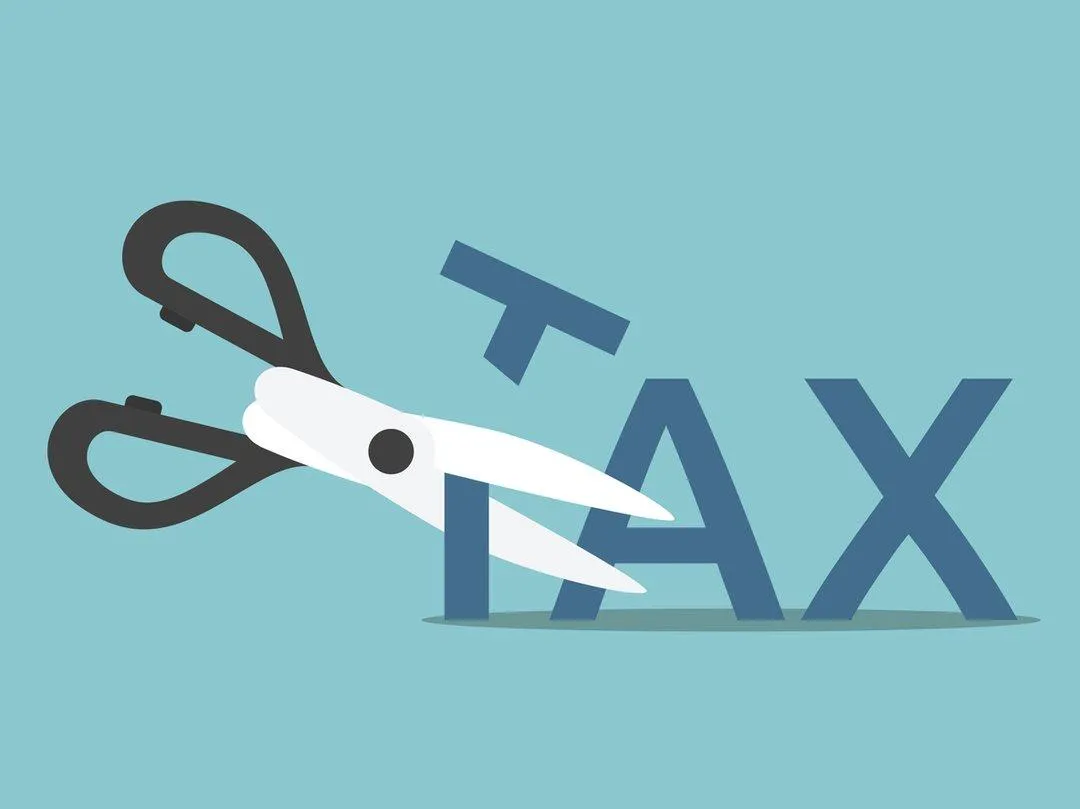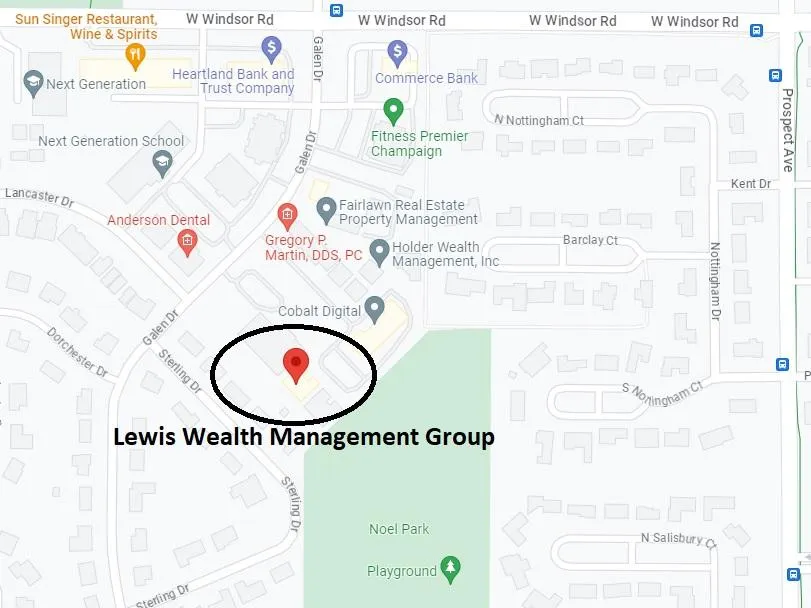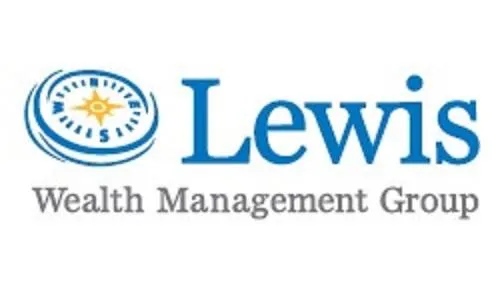
Maximizing Charitable Impact and Tax Benefits through IRA Distributions
Retirees often seek ways to make their charitable giving more tax-efficient, especially when their donations do not surpass the standard deduction threshold. One effective method to achieve both charitable goals and potential tax savings is by making a Qualified Charitable Distribution (QCD) from an Individual Retirement Account (IRA).
What is a Qualified Charitable Distribution?
A QCD allows individuals over the age of 70½ to donate up to $100,000 directly from their IRA to a qualifying charity each year. This donation does not count as taxable income and satisfies the Required Minimum Distribution (RMD) for those subject to it.
Why Consider a QCD?
Tax Efficiency: By donating directly from your IRA, the distribution does not contribute to your taxable income, offering a tax advantage even if you take the standard deduction.
Fulfill RMD: If you are required to take RMDs, a QCD can satisfy this requirement without the distribution being added to your taxable income.
Support Charitable Causes: This method ensures that your chosen charities receive the full benefit of your donation without deduction limitations.
How to Make a QCD?
To make a QCD:
Ensure your IRA administrator is aware of your intent to make a QCD to the specific charity.
Verify that the charity qualifies under IRS guidelines.
Direct the IRA trustee to transfer the funds directly to the charity.
Important Considerations
Age Requirement: You must be over 70½ to make a QCD.
Limitations: The annual limit on QCDs is $100,000 per individual.
Qualifying Charities: Not all charities qualify for a QCD. Ensure your chosen charity is eligible.
By considering a Qualified Charitable Distribution, retirees can optimize their charitable giving, potentially reduce their taxable income, and still benefit from the standard deduction. This strategy not only supports the causes important to them but does so in a tax-smart manner.
For personalized advice and to ensure compliance with all IRS rules and requirements, consulting with a financial advisor or tax professional is recommended.
Frequently Asked Questions (FAQ)
What is a Qualified Charitable Distribution (QCD)?
A QCD is a direct transfer of funds from your IRA, payable to a qualified charity. Individuals 70½ years old or older can transfer up to $100,000 per year without the amount being treated as taxable income.
Can a QCD exceed the Required Minimum Distribution (RMD)?
Yes, a QCD can satisfy your annual RMD requirement up to $100,000. If your RMD is less than $100,000, you can still make a QCD for the larger amount, thereby satisfying your RMD and potentially lowering your taxable income.
Does a QCD count towards my taxable income?
No, a QCD does not count as taxable income. This is advantageous for retirees who do not itemize deductions since it allows for charitable giving without tax implications on their income.
Can I make a QCD to any charity?
No, not all charities qualify. The charity must be a 501(c)(3) organization eligible to receive tax-deductible contributions. Some charitable organizations, such as donor-advised funds and private foundations, do not qualify for QCDs.
How do I report a QCD on my tax return?
Although a QCD is excluded from taxable income, you must still report the distribution on your IRS Form 1040 tax return. It's crucial to keep an acknowledgment from the charity for your records and to notify your tax preparer of the QCD.
Can I make a QCD from any type of retirement account?
QCDs can only be made from traditional IRAs or inherited IRAs. Other retirement accounts, such as 401(k)s and SEP IRAs, are not eligible for QCDs unless they are rolled over into a traditional IRA.
What if I make a mistake and the QCD does not qualify?
If a QCD does not meet IRS requirements, the distribution could be treated as taxable income. To prevent mistakes, consult with a financial advisor or tax professional before making a QCD to ensure compliance with IRS rules.
Can my spouse also make a QCD?
Yes, if your spouse is 70½ years or older and has an IRA, they can also make a QCD from their account up to the $100,000 limit.
Is there a deadline for making a QCD?
Yes, QCDs must be completed by December 31st to count for that tax year. Timing is crucial, especially if you're using the QCD to satisfy your RMD.
©2023 Lewis Wealth Management Group. All rights reserved.
Lewis Wealth Management Group
217-337-5584
2506 Galen Drive Ste 104
Champaign IL 61821
Check the background of your financial professional on FINRA's BrokerCheck.


